I will be presenting an award at the Nebula Award Ceremony at the SFWA Nebula Conference in Pittsburgh, Saturday May 20.
RITA ® Award-Winning Author of Fantasy Romance
I will be presenting an award at the Nebula Award Ceremony at the SFWA Nebula Conference in Pittsburgh, Saturday May 20.


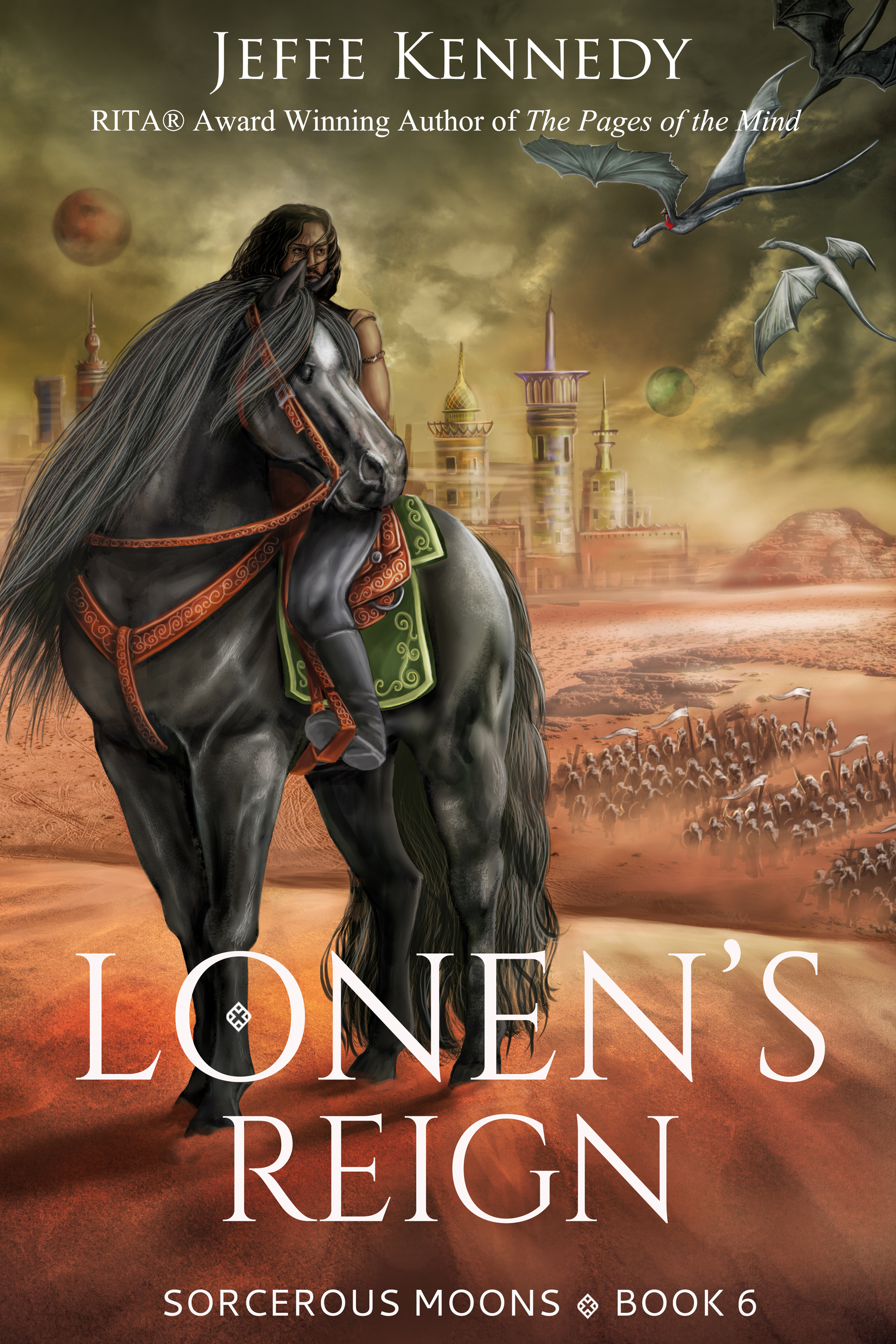
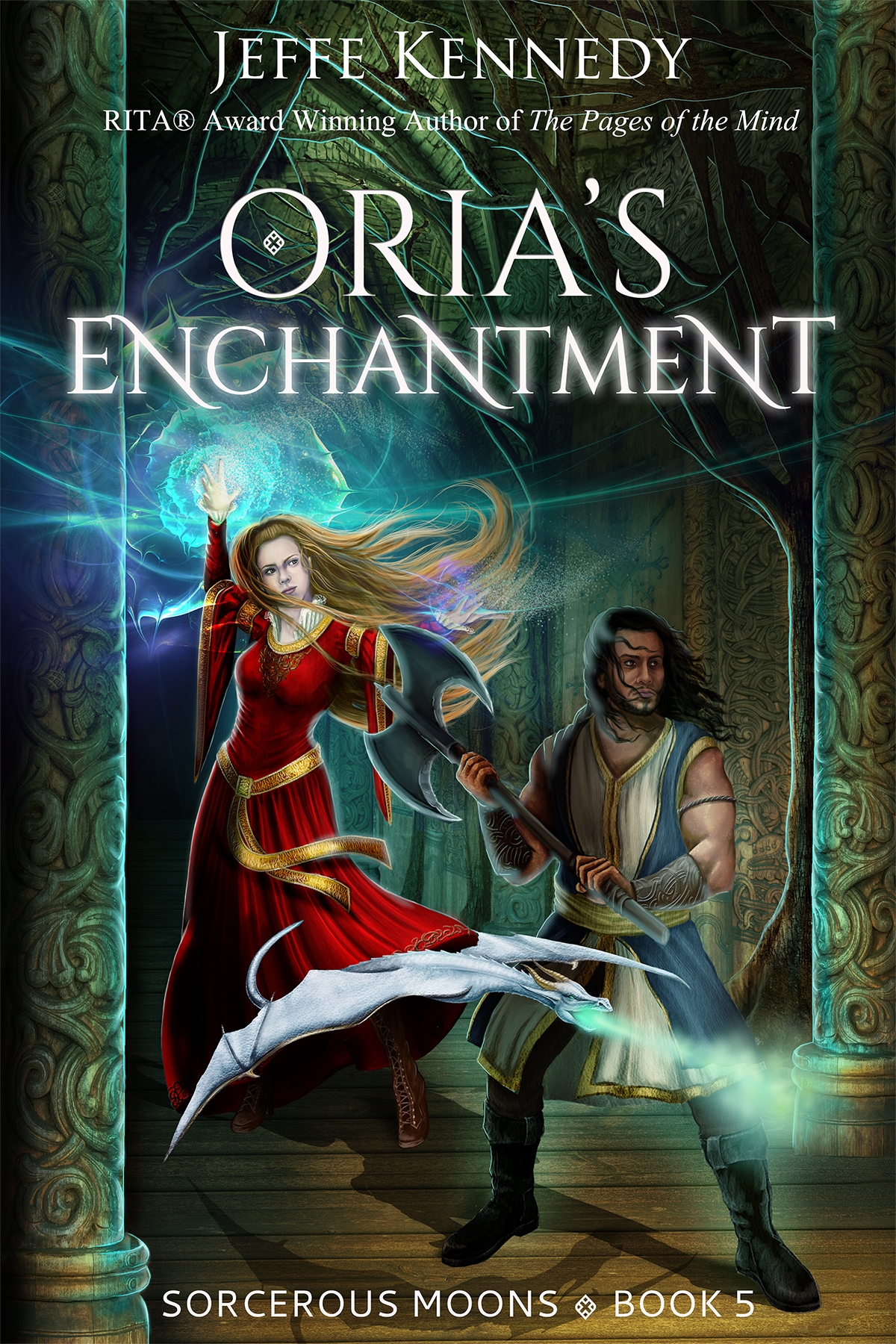
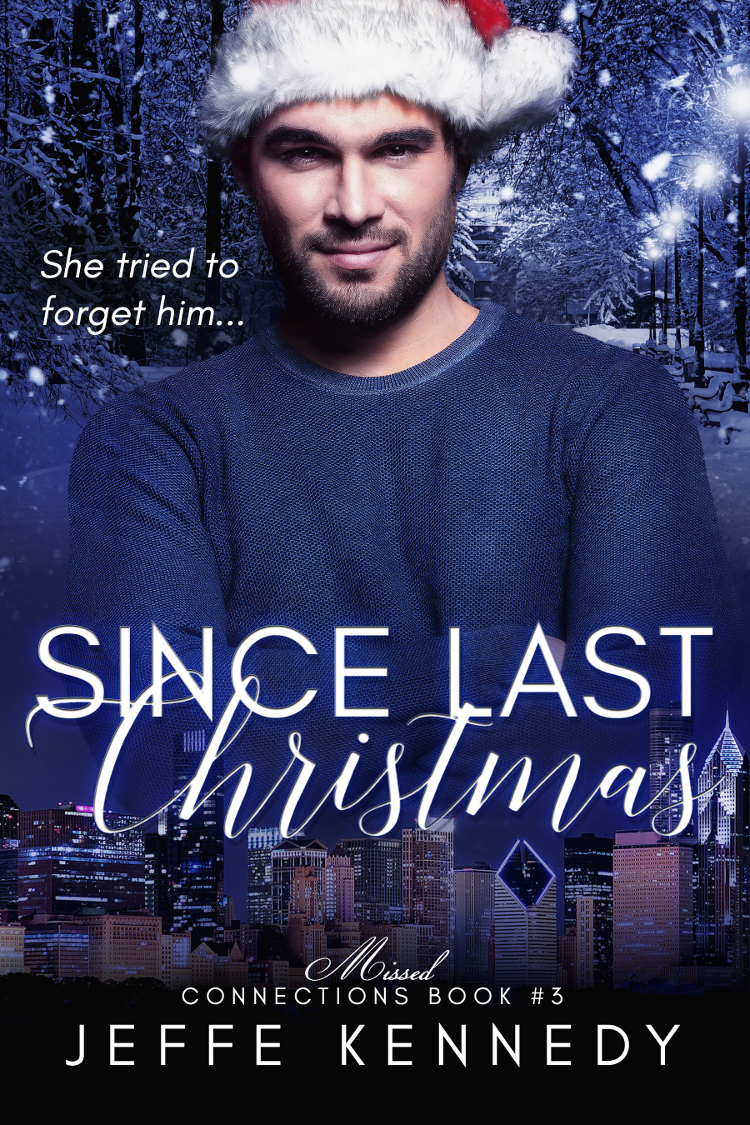
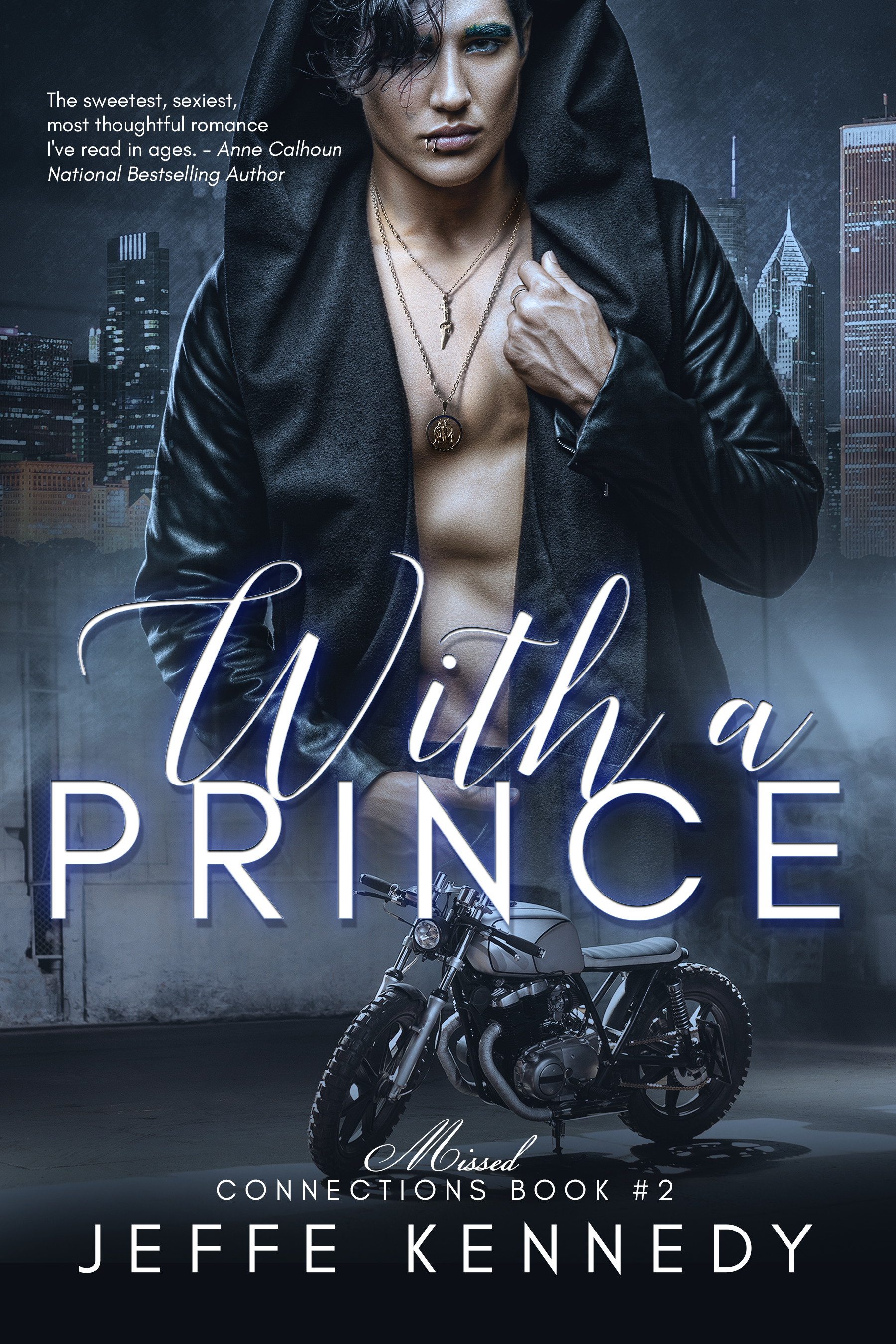
rince
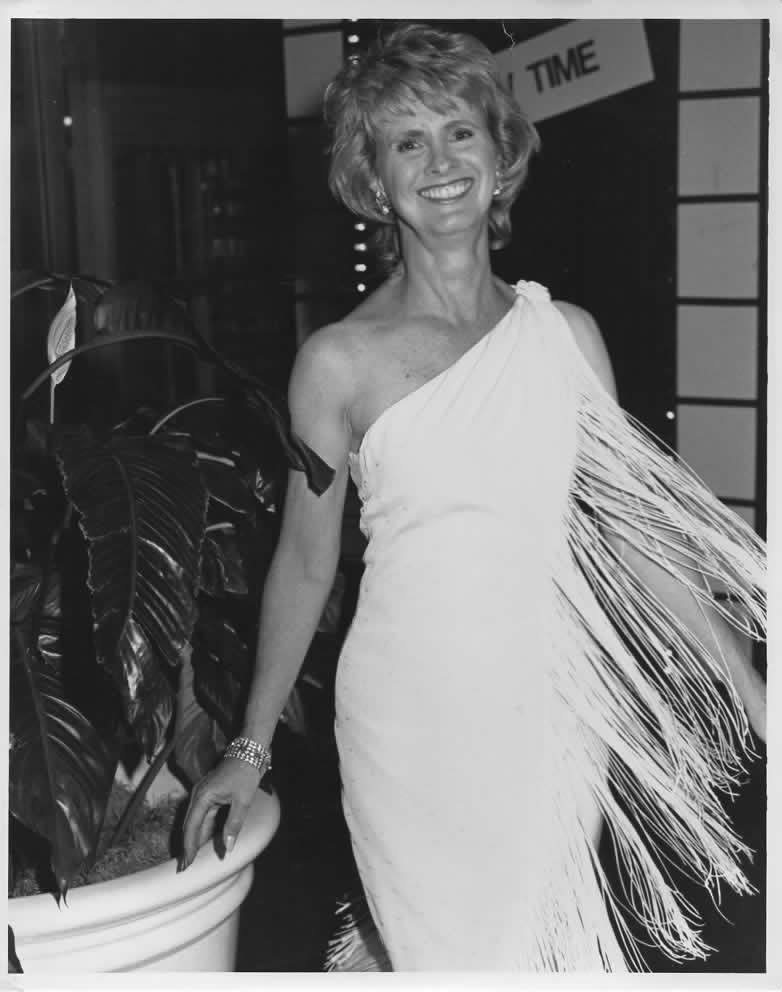
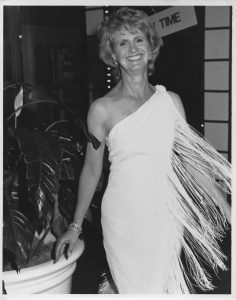
One of my favorite pictures of my mother, embodying all her effervescence and zest for life – letting her fringe fly.
It’s apropos for me that week’s topic – which has to do with attempting to be both a writer and a socially acceptable person – falls on Mother’s Day. My mother is tremendously social person. She’s good at it, and she loves it. Me… well, I’ve always struggled a bit with feeling like I’m not as good at it, and it took me a really long time to understand that about myself. Come on over to the SFF Seven to read more.
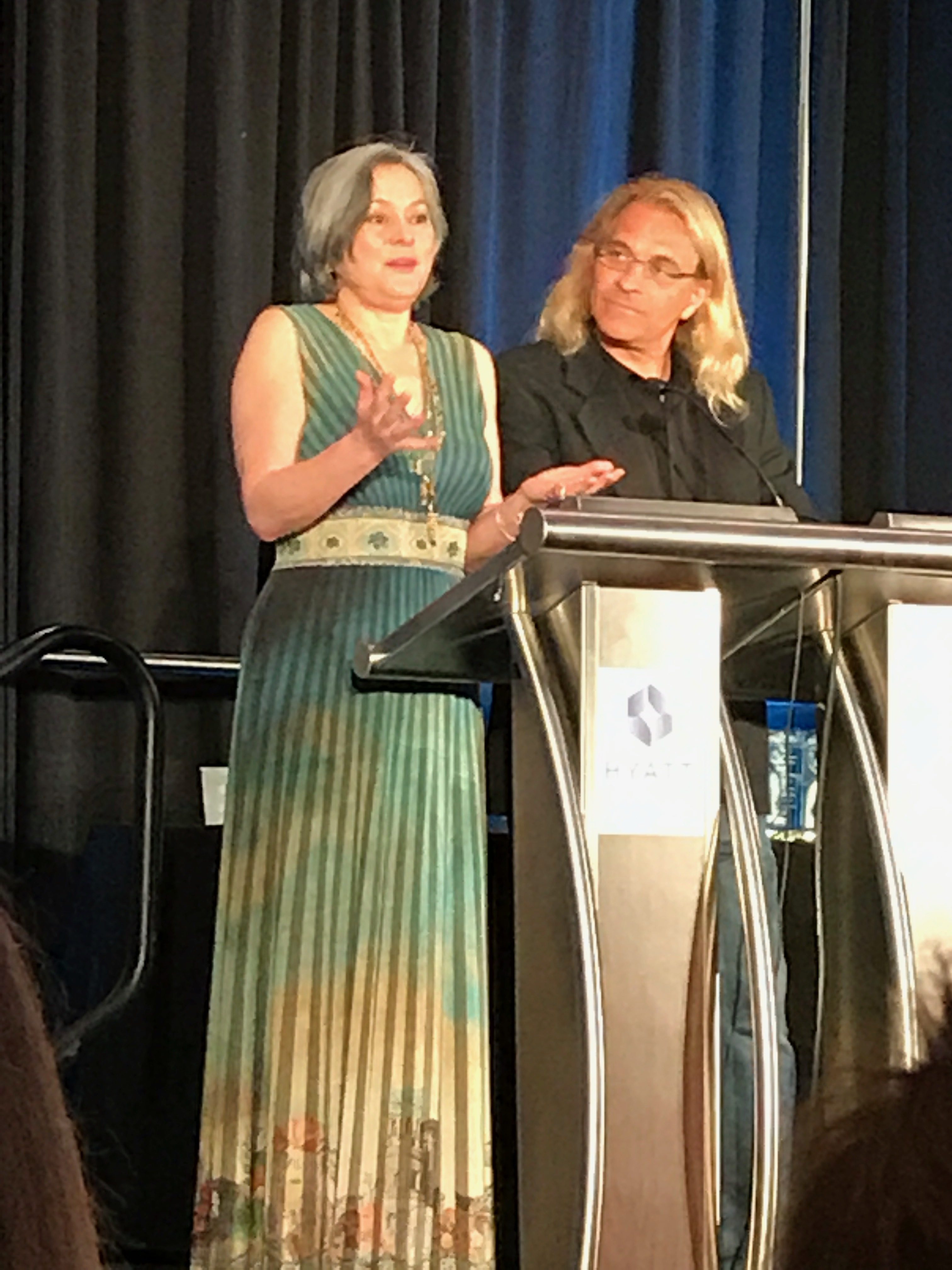
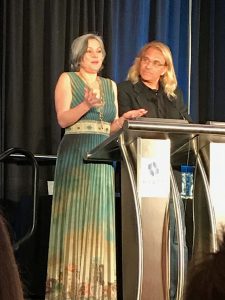
This year at the RT Booklovers Convention, Meg Tilly emceed the Reviewers Choice Awards ceremony. Yeah, the Meg Tilly of The Bill Chill fame, among others. I know she’s done other stuff, but I always think of her as Chloe, doing her serene stretching out, while William Hurt videos her, asking questions. He asks if Alex had been happy, and she looks in the camera and says, “I haven’t known many happy people – how do they act?” Sure, it’s a character line, but that’s always stuck with me, the soulfulness of that moment. Normally we don’t get celebrity emcees (other than authors, who are celebrities mostly only within the community), but Meg recently wrote a romance novel, Solace Island, under the name Sara Flynn.
I understand it’s really good, too – she’s gotten excellent reviews from substantial sources, not ones given to pandering.
A number of people asked me what Meg was like. (Other than that everyone seems to give universal thumbs up to her gorgeous dress, which was even more beautiful and shimmery in real life.) In short, she was just great. No huge ego, seemed really grounded and glad to be there. I confess I tend to be cynical about celejbrities who decide to write books, but she’s reinvented herself several times and seems to really love writing romance.
Most of RT for me, of course, involved hanging out in the bar – a whole lot of that with Grace Draven, who I never seem to tire of. We had a lot of conversations, some ranging far into the night, and lots of other wonderful writers and industry folks joined in.
One thing on Grace’s mind is her upcoming shoulder surgery to repair a torn rotator cuff, and the physical therapy she’s enduring to free up her frozen shoulder before she can have the surgery. For writers, losing our ability to type – easily, fast, and for long periods at a time – is a scary prospect. She was talking about telling the doctor how her sling would have to allow her to sneak a hand out of it to reach the keyboard. The table full of writers all nodded sympathetically, making glum faces.
Now, I know what you’re about to suggest – and someone at the table brought it up, though not as an actual suggestion, because she knows better.
She said, “I don’t suppose you’d want to try something like Dragon to dictate your books?”
And we all did a collective shudder, everyone noting that it wouldn’t be the same.
The thing is…. Yes, some authors use voice recognition software to write their books. Maisey Yates went to it, after suffering crippling carpal tunnel syndrome. She really loves it.
But I totally shudder even contemplating doing something like that. I will if I’m ever forced into it, but I’m with Grace in that I’ll go to great lengths to avoid that eventuality. Just like that table full of authors.
As I said to Grace, it’s because the writing process is a delicate thing.
She immediately protested and said, “Oh no! Don’t make us sound like delicate artists.”
And I said, “No, no – it’s more like we do everything to avoid getting a yeast infection.”
Forgive the analogy, gentlemen, but even if you’ve never experienced a vaginal yeast infection, surely you know a woman who has. They’re painful, itchy, disgusting – and sometimes nearly impossible to get rid of. Once you get one, they’re more likely to recur. I’ve known women who had them for years and had to go to lengths like eliminating all sources of yeast from their diet and microwaving their underwear. If a woman gets one, then her sexual partner is likely to get it, too, which means it gets passed back and forth ad infinitum. The cures range from inconvenient to downright awful.
Even the most minor yeast infection can affect everything in your life, sometimes for a really long time.
Thus, the easiest solution is to avoid contracting them!
I won’t go into all of those essential habits, because my point is: the writing process can feel much the same. The mechanics of writing are as much a part of the developed habit as writing every day, or other rituals that allow the words to flow.
Once an author has her process working well, then it’s best to leave it be. If it’s not working – hey, change it up, do whatever. But if it IS working, then we’ll go to great lengths to avoid impacting that. We know too well that a bump too far in one direction can create a cascade of effects.
I suppose it all comes down to respecting our own process. I always advise newbie writers to discover what their process is and own it.
And then, once someone does, know that they’ll do anything to protect that process.
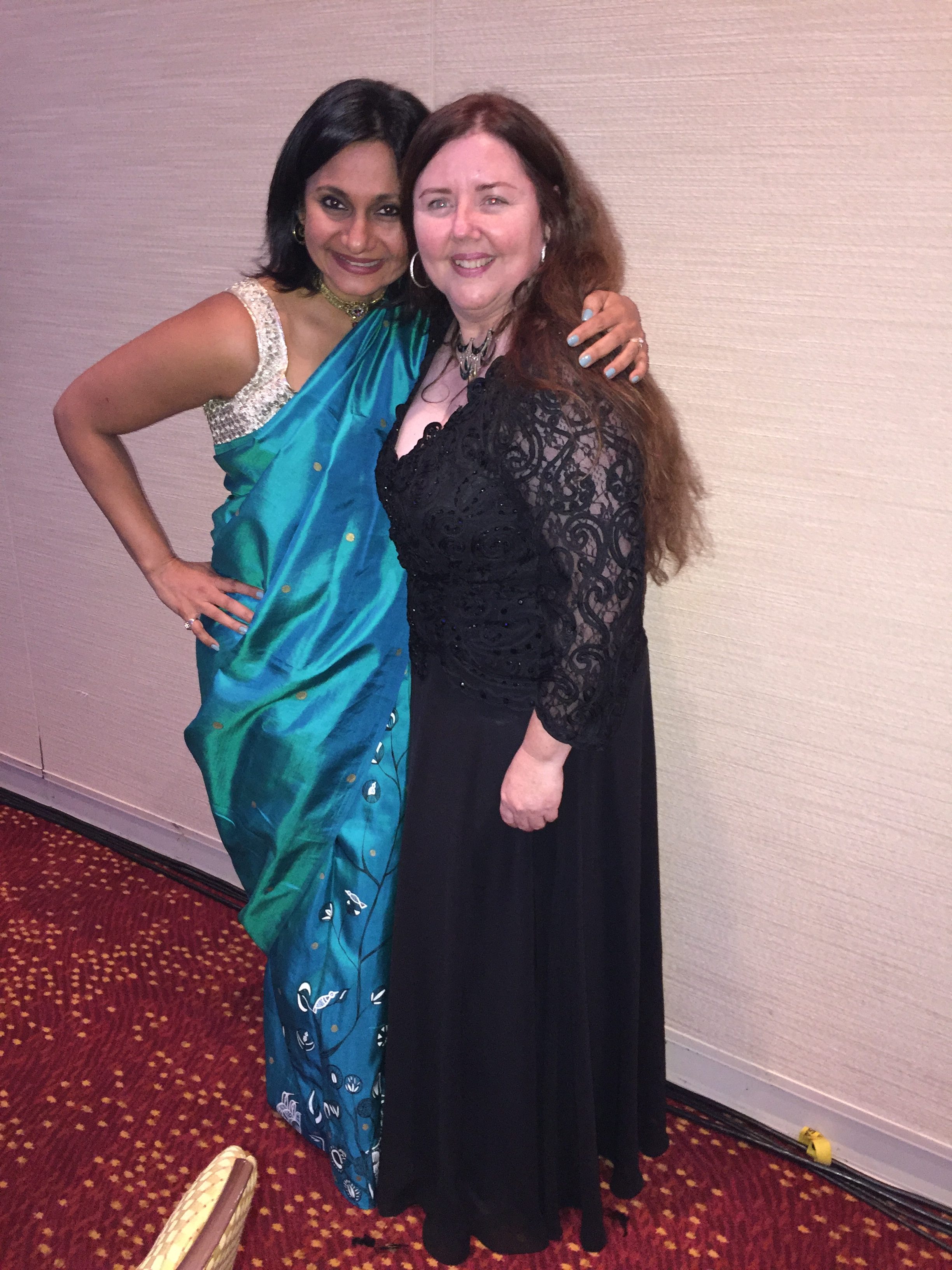
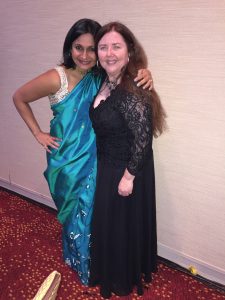
I just got back from the RT Booklovers Convention in Atlanta. Here’s Sonali Dev and Grace Draven, after accepting their awards for best Contemporary Romance and Best Fantasy Romance, respectively. Two of my favorite people, among so many wonderful people at that convention. I had a wonderful time!
“Where do you get your ideas?”
This is a question authors get all the time. And we have a pretty stock answer for it, which is absolutely true, that getting ideas isn’t the hard part. Most authors have tons of ideas stockpiled.
Ideas are everywhere. GOOD ideas? Maybe not so much.
That’s our topic at the SFF Seven this week: how do we know which are the GOOD ideas. Come on over to read more.